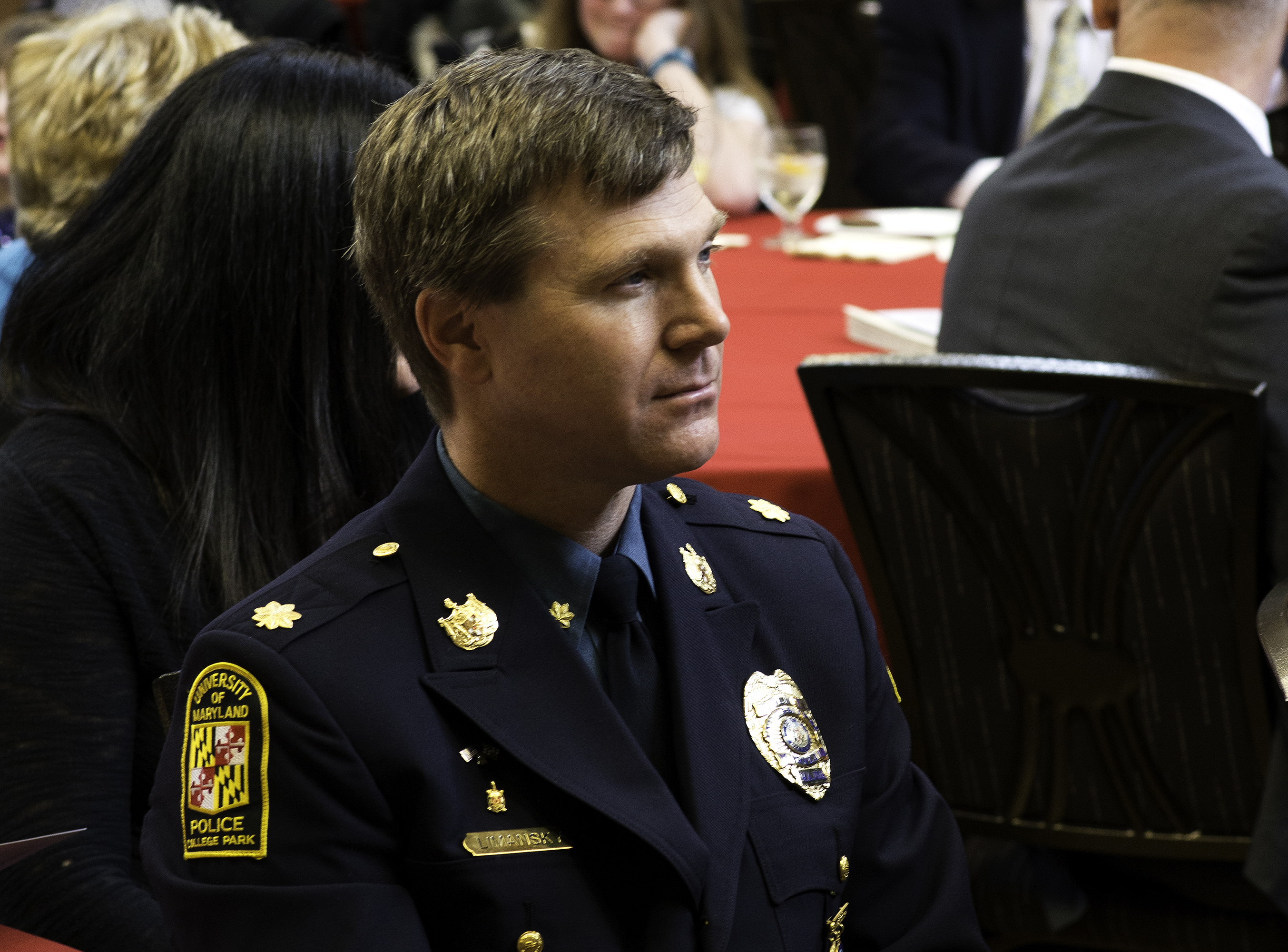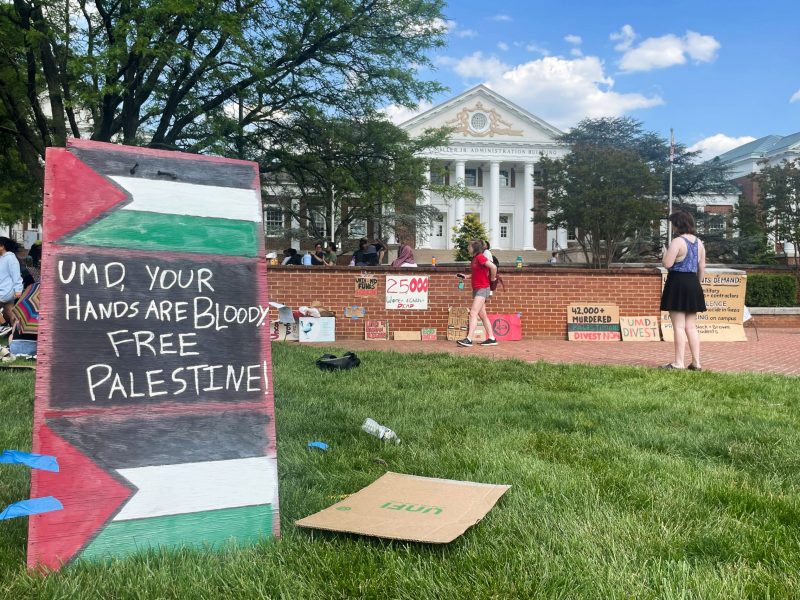When University of Maryland Police Maj. Kenneth Calvert first joined the department in 1988 with Maj. Marc Limansky, he saw the two sticking it out for the long haul.
But after 28 years of service, Limansky retired Nov. 30 from his position as the University Police technology services bureau commander. He took a position “that was too good to pass up” as the media relations officer with Anne Arundel County Police, which he began Dec. 1, he said.
“We came in together and I thought we were going to leave together,” said Calvert, adding that the two have been to each other’s weddings and remained friends throughout the years. “I’m the old guy still standing — he’s going on to greener pastures.”
Limansky began working with University Police as a police aide in 1986 and officially became an officer in 1988. Though Limansky didn’t always consider being a police officer while he was an undergraduate at this university — he graduated in 1988 with a degree in criminal justice -— he decided to try it for a few years at first. He described it as something he thought he could “get out of [his] system.”
“But really, it’s the other way around,” Limansky added. “It became something that got into my system … there’s excitement, there’s challenges, and it was just a very rewarding career over the years.”
Limansky’s contributions to University Police include helping implement upgraded cameras that include license plate readers, and helping create the blueprint for a new University Police radio system that should be implemented within the next few months, said University Police Chief David Mitchell.
“He’s the all-around great American guy that you’d love to have as your neighbor,” said Mitchell, who’s worked with Limansky for six years. “And I swear that he doesn’t look a day older than when he started.”
College Park Mayor Patrick Wojahn commended Limansky for his work with the UMD Alert system, which Limansky said went through changes in 2014 to restrict the alerts to faculty, staff and university affiliates only. But because Limansky knew city residents and business owners would be concerned, he helped them gain access to the system so they can sign up for alerts on the city’s website.
“Making [the alerts] available to residents has been a real benefit to the community,” Wojahn said. “And this has helped show how it increased partnership between the off-campus community and the university.”
In making the environment safer for students, the collaborative nature of his relationship with this university’s offices was the most rewarding part of the job, Limansky said.
“Any successes that I had working here were really a result of other staff and faculty members around the university,” Limansky said, citing the Office of Student Conduct, the Department of Resident Life and Facilities Management as examples.
After making contributions to text alerts and keeping the public informed, Limansky is leaving the police department with a big hole to fill, Calvert said.



